Sweating clothes are recommended to be air dried on the back, as they are usually easier to dry than regular clothing. Sweat jackets often use quick drying fabrics, and drying on the back can reduce the damage of ultraviolet rays to the surface coating, while maintaining the breathability of the internal moisture wicking structure. The original design intention of the sweatshirt is to accelerate sweat evaporation through special fabrics. When the back is air dried, the inner mesh structure can fully contact the air, and the efficiency of moisture diffusion from the moisture absorbing layer is higher. Experimental data shows that the sweatshirt made of polyester fiber and spandex blend dries about 30% faster on the back than on the front in a ventilated environment, and does not cause the outer waterproof film to become brittle due to direct sunlight. Some styles with silver ion coating need to avoid direct sunlight exposure on the front to prevent the antibacterial components from becoming ineffective due to UV decomposition.
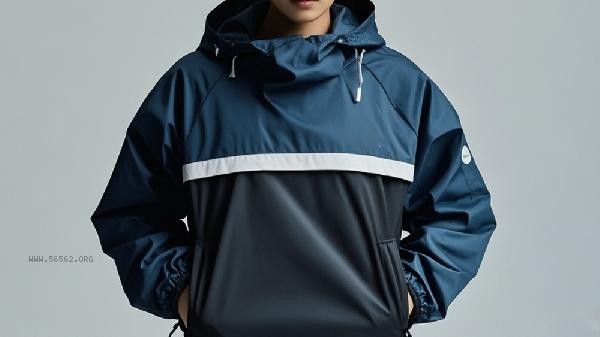
A few sweatshirts that use a double-layer composite structure need to be operated according to the washing label instructions, and some brands may require the front to be laid flat and dried to maintain a three-dimensional cut. If the thickened sweat absorbing fluff on the inner layer of this type of clothing is turned over and dried, it may cause fiber clumping due to gravity pulling, which can actually prolong the drying time. When purchasing, it is important to distinguish the type of fabric. Single layer fabrics should be air dried on the opposite side first, while double-layer fabrics should follow the manufacturer's instructions.
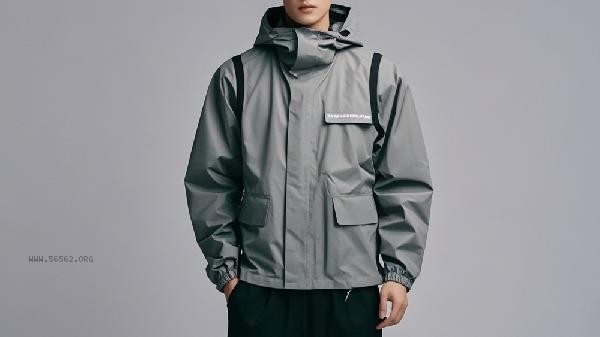
It is recommended to use neutral detergent for daily cleaning of sweatshirts to avoid residual softener from blocking fiber pores. When drying, choose a ventilated and cool place, and regularly check the integrity of the coating on vulnerable areas such as armpits. Sweat stains should be cleaned promptly after exercise, and complete drying should be ensured before long-term storage to prevent mold and extend the functional lifespan of clothing.
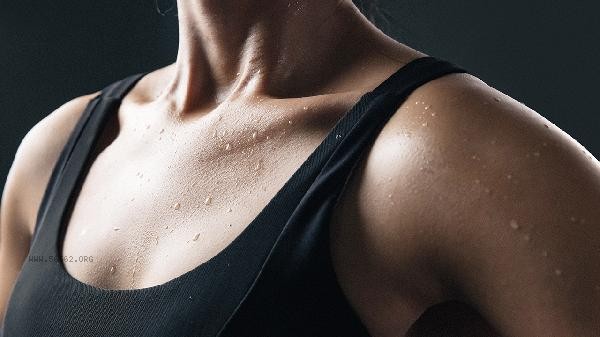


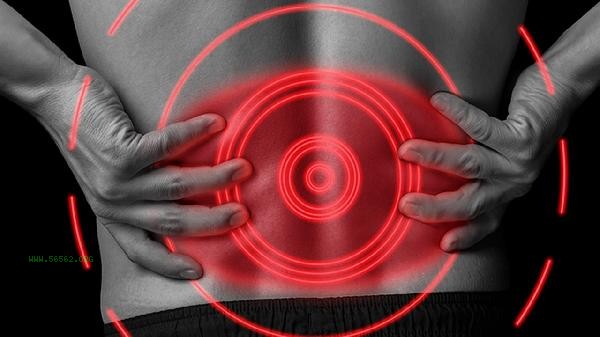
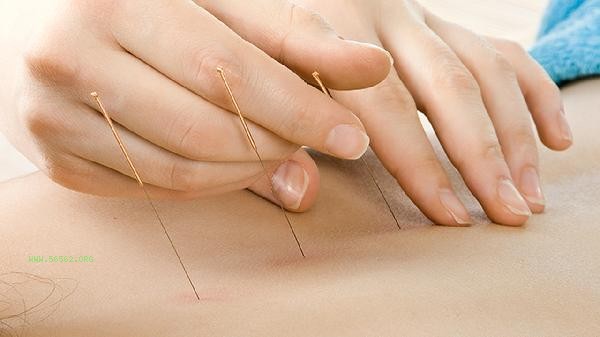




Comments (0)
Leave a Comment
No comments yet
Be the first to share your thoughts!